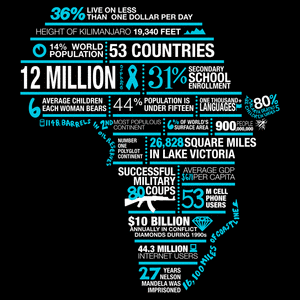First, the international efforts. Africa’s plight seems to follow a ten-year attention deficit cycle. Every decade or so, mega-plans are drawn up and rock concerts held to whip up international rescue mission for Africa. Acrimonious wrangling over financing modalities ensues. Years slip by and then a decade later, another grand Africa initiative is unveiled.First to appear on the scene were the World Bank and the IMF with their Structural Adjustment Programs (SAPs). Their main goal was to dismantle the statist interventionist behemoth and move African economies to rely more on the private sector.
The state’s pervasive hegemony in the economy was to be rolled back. Price and other controls were to be removed and unprofitable state-owned enterprises were to be sold. In return for these reforms, the Bank provided some $25 billion in loans to run the programs from 1981 to 1991. It was foreign aid conditioned upon the implementation of economic reform. After the collapse of the former Soviet Union in 1989, the Bank and Western donors added a political conditionality – multi-party democracy.
In 1994, the Bank released its report, which stated that, of the 29 adjusting African countries only 6 were deemed to be “success stories,” giving a failure rate of more than 80 percent. These countries were Gambia, Burkina Faso, Ghana, Nigeria, Tanzania and Zimbabwe. Worse, within two years, Gambia, Nigeria, Tanzania and Zimbabwe had vanished from that phantom success list. Since then, the Bank keeps trotting out another phantom list of “success stories” each year only to see them evaporate a few years later. The conditionalities have gotten so outrageous that now there are at least 34 of them – like what cigarettes do you smoke — Camel or Galouise – before you qualify for a loan! Ridiculous.

